New law aims to curb state waste
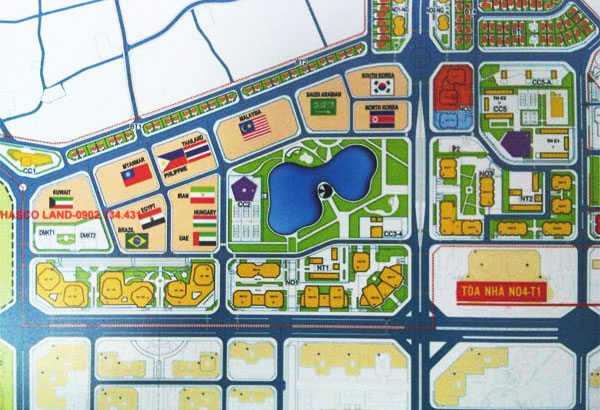
11 years after construction began, state-run Hanoi Construction Corporation’s project to build a 70 hectare diplomatic corps complex in Hanoi’s Xuan Dinh commune remains an empty site. Only a few roads sporting out-of-order street lights can be seen.
“The project is a waste, and we don’t know when it will be built,” said Nguyen Thi Mui, a local farmer whose farmland was taken 12 years ago to make room for the project.
“The land grab affected thousands of farmer households, and ironically construction as been delayed for over a decade, while we still need the land for farming,” Mui said.
At last week’s National Assembly Standing Committee gathering on the draft Law on Public Procurement expected to be adopted in 2014, Minister of Planning and Investment Bui Quang Vinh admitted that delayed and stalled projects can be found in abundance throughout the country.
“But we hope this situation will end with the new law,” he said.
Under Article 10 of the draft law, all state-funded programmes and projects shall be implemented only after plans for investment have been appraised by authorised agencies and investment capital has been fixed.
This regulation is something similar to the government’s Instruction 1792/CT-TTg dated October 15, 2011 on strengthening management of the state budget and government bond investments.
Under the instruction, ministries and localities’ investment portfolios for the most essential projects must be submitted to the MPI and the government for approval. Only then can capital from the central budget be disbursed.
“However, the law clarifies who can make decisions on investment for state-funded projects,” Vinh said.
Under the draft law’s Article 11, the National Assembly is entitled to decide on the investment of key national projects, while the prime minister has the power to approve projects funded by the central budget or receiving official development assistance.
Ministries and ministerial-level agencies are allowed to rule on the investment of projects with the maximum investment capital of VND600 billion ($28.57 million). Meanwhile, localities and enterprises can do the same for projects funded from their own coffers.
From now on, projects will only receive investment once the decision makers, whether they be the National Assembly, the prime minister, or ministerial-level agencies, have shown that they have the necessary capital for investment. Furthermore, those same decision makers will also be clearly responsible for their decisions, according to the draft law.
“These tough regulations will end rampant and irresponsible investment in state-funded projects, while also curbing corruption and waste, because projects will be strictly controlled throughout every stage of implementation,” Vinh said.
“Over the past few years, corruption and waste has been caused by the decision-makers. For example, the prime minister has repeatedly questioned the construction of large roads in remote mountainous areas which are used by very few people,” Vinh said.
At a conference in Hanoi on restructuring public investment late last year, local economic experts reported that Vietnam was building 20 international seaports, 15 coastal economic zones, 30 border-gate economic zones, 283 industrial parks and 650 industrial complexes. Localities were also building and expanding 22 civil airports including eight international airports. It’s a staggering number of projects, even more so when it is realised that these projects have not obtained the necessary capital.
According to the MPI, this rampant sanctioning of projects is set to come to an end. Last year tighter control on government spending saw VND240 trillion ($11.53 billion) in public investment allocated for urgent and key projects. While new projects were financed only after they had been stringently appraised.
What the stars mean:
★ Poor ★ ★ Promising ★★★ Good ★★★★ Very good ★★★★★ Exceptional
Latest News
More News
- Home firms make M&A presence felt (November 27, 2024 | 09:33)
- Thailand's BCPG invests $130 million in Gia Lai wind power plants (November 26, 2024 | 15:08)
- The 16th Vietnam M&A Forum: A Blossoming Market (November 26, 2024 | 13:53)
- Posco interested in $2.2 billion Quynh Lap LNG thermal power plant (November 26, 2024 | 13:50)
- $1.4 billion Nhon Trach 3 and 4 to operate in 2025 (November 26, 2024 | 13:37)
- Hung Yen focused on attracting high-tech FDI (November 26, 2024 | 13:20)
- Foreign investors flock to invest in southern provinces and cities (November 26, 2024 | 10:00)
- Trump may mean challenges for Vietnam but FDI remains strong (November 26, 2024 | 08:30)
- HCM City set to welcome fresh wave of US investment (November 26, 2024 | 08:00)
- Dynamic M&A landscape felt in food and beverages (November 25, 2024 | 16:21)

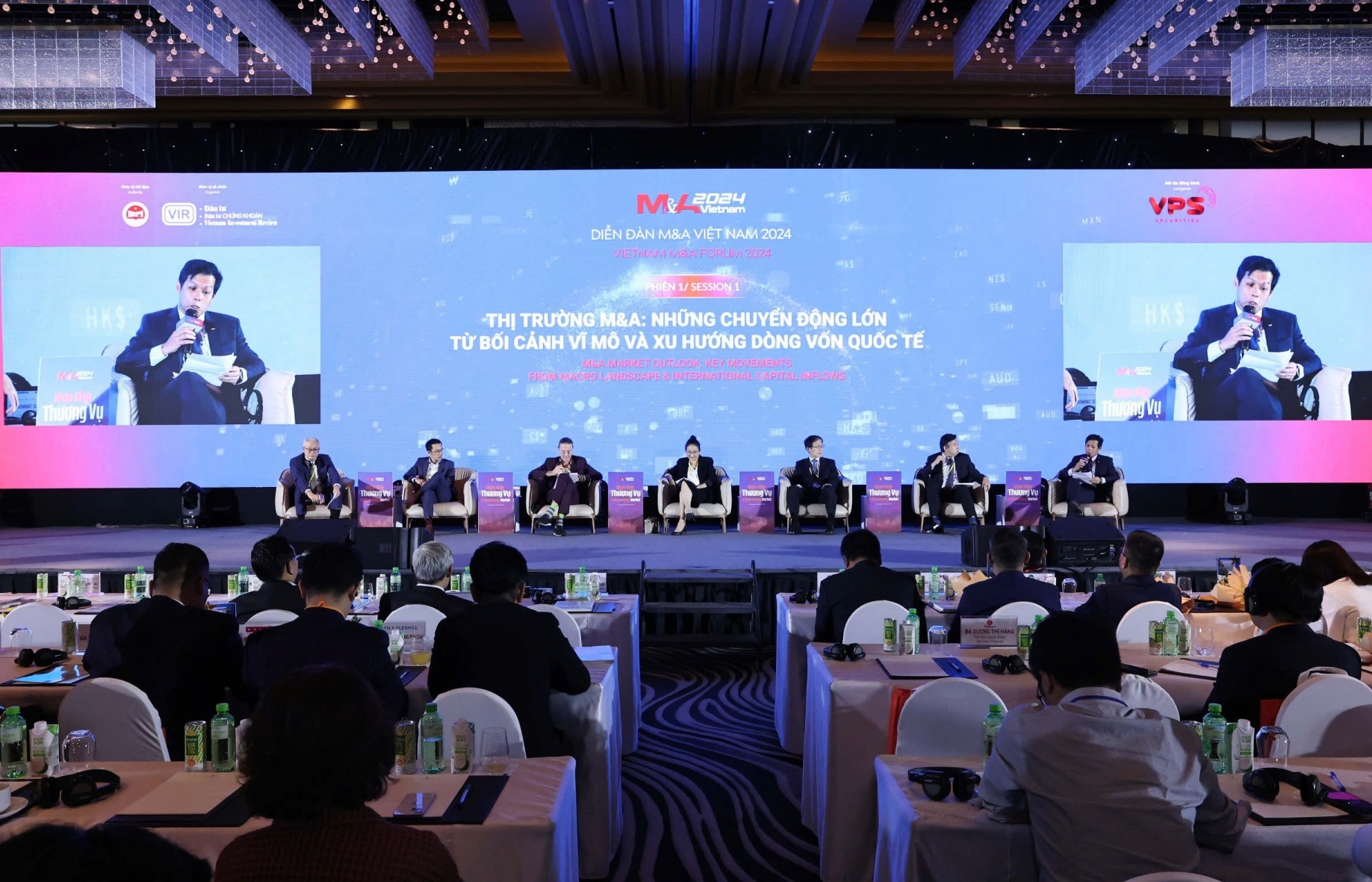

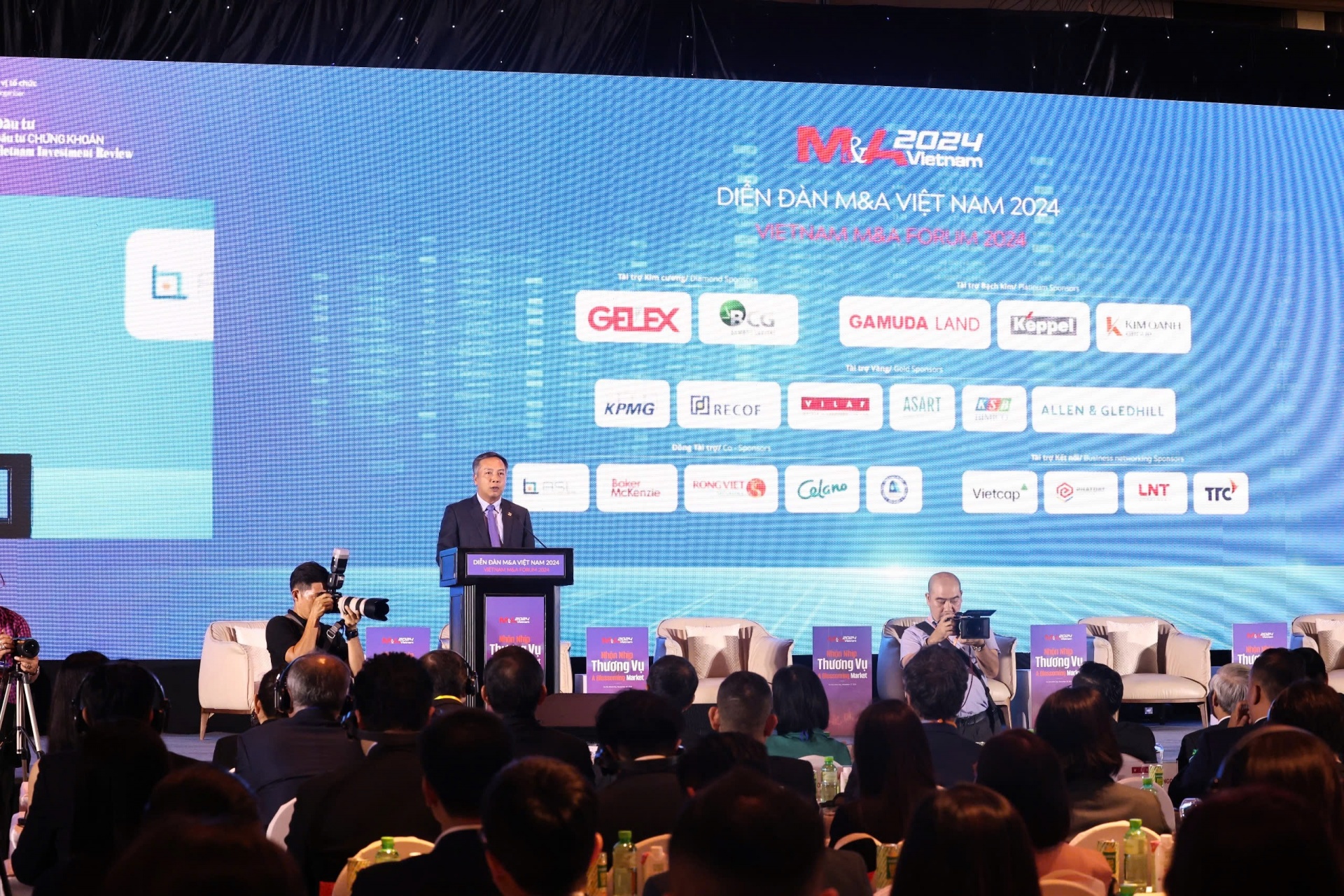
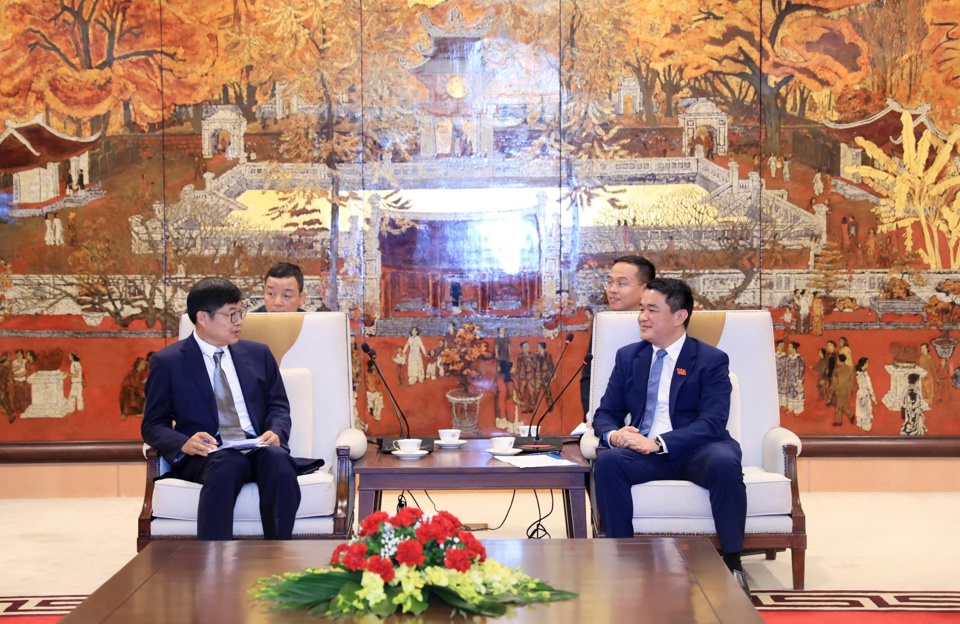

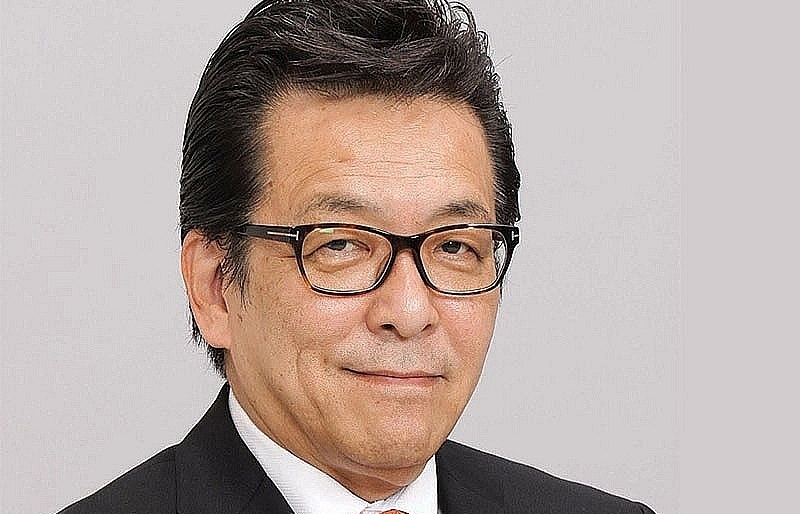




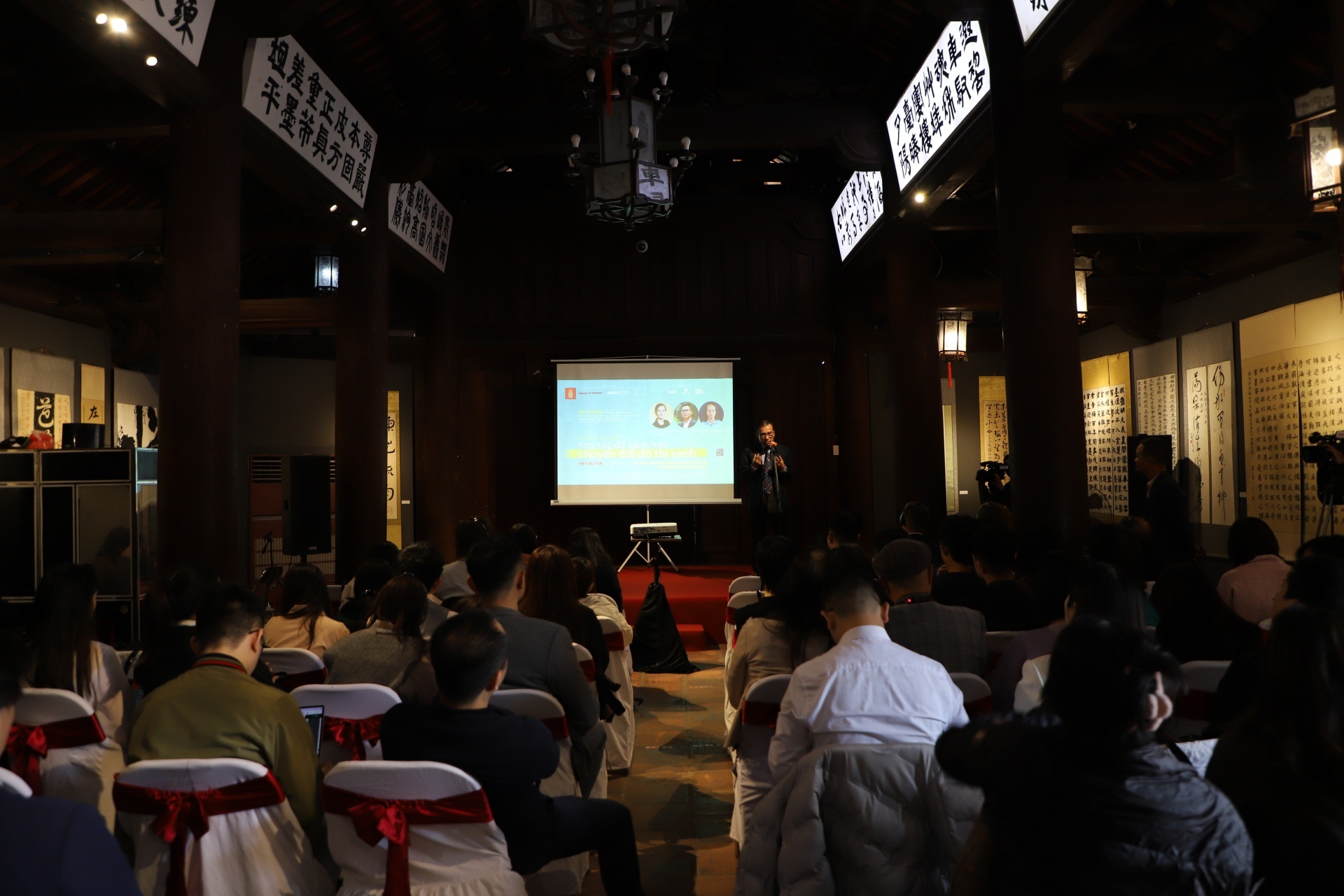
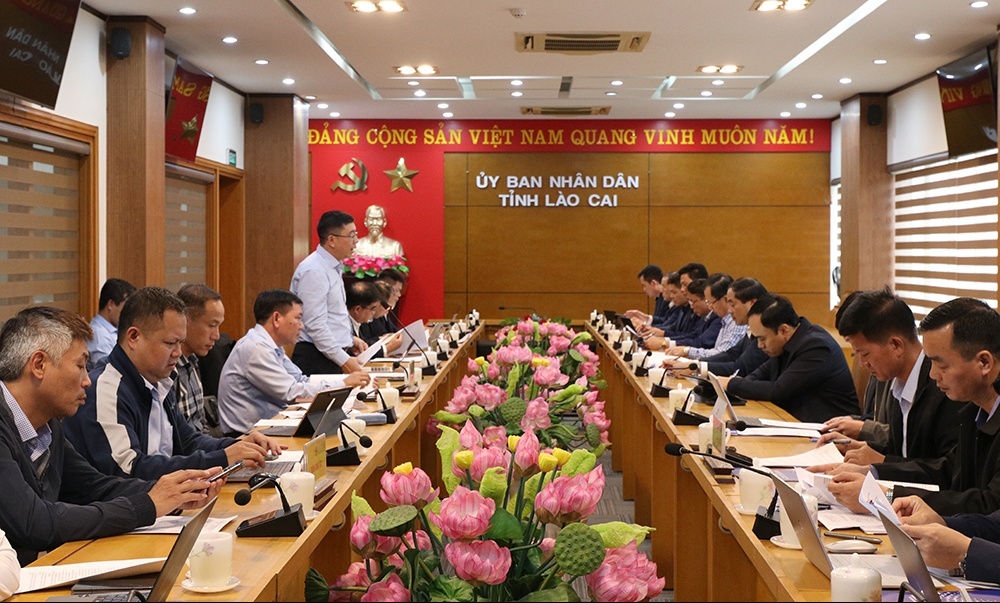




 Mobile Version
Mobile Version